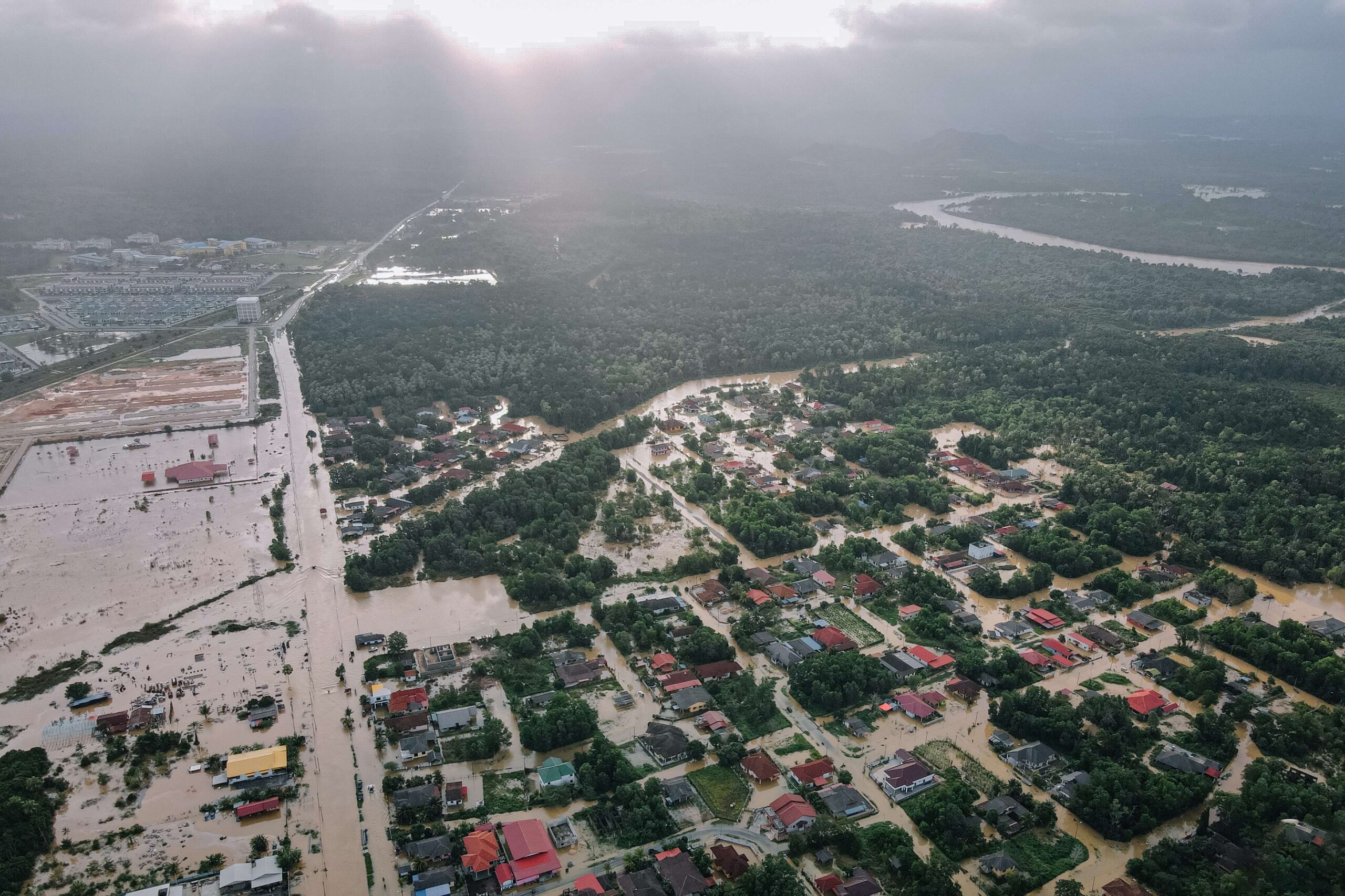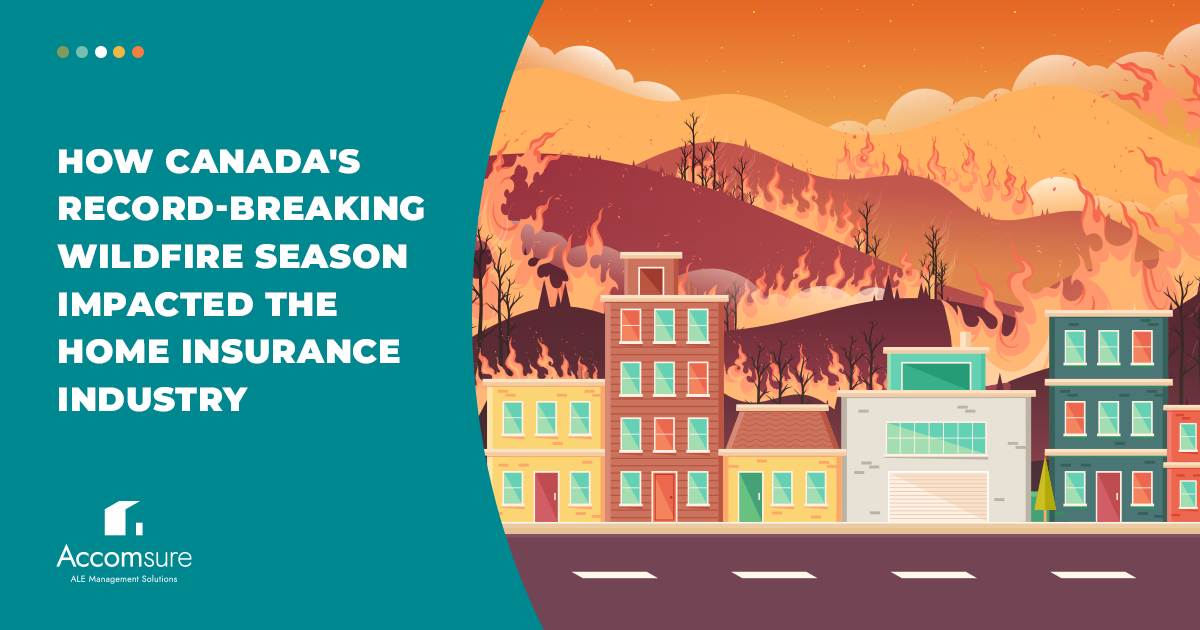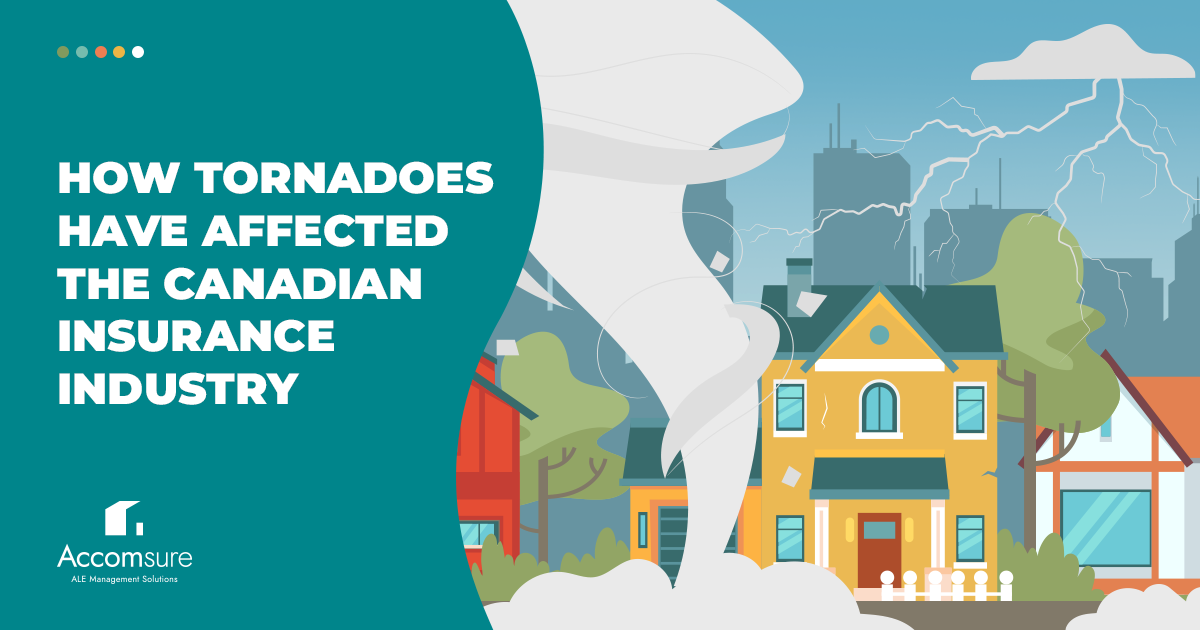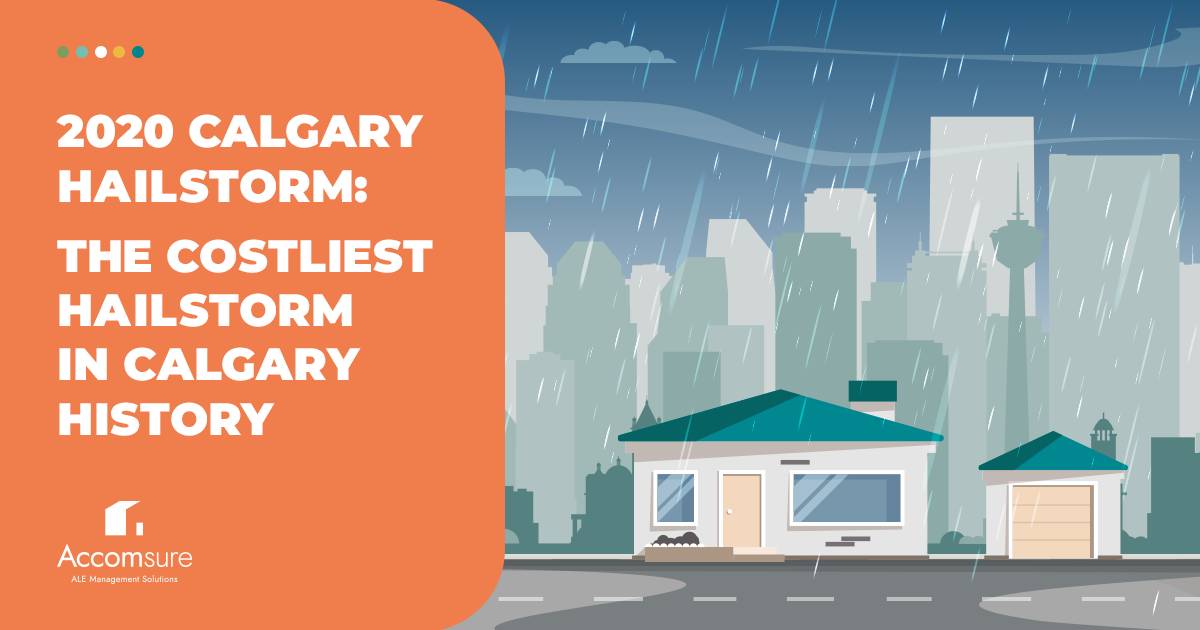In November 2021, British Columbia experienced one of the most severe natural disasters in over 30 years. Over 20,000 people were evacuated from their homes.
In this blog post, we will reflect on this detrimental flood and the effects it had on policyholders and insurance companies alike. Keep reading until the end of the article to learn how you can be better prepared should another flood come flowing in this fall.
About the 2021 British Columbia Flood
From Saturday, November 13th to Monday, November 15th, 2021, over 100 millimetres of rain poured down on 24 British Columbia communities. By Sunday, November 16th, mudslides began pushing cars off roads, severely damaging highways. This led BC’s Transportation and Emergency to send out a wide emergency response for all travellers to avoid any major roads or highways until the storm cleared. Unfortunately, policyholders and insurance companies did not expect the storm to worsen.
By Sunday night, almost every highway across British Columbia was shut down, and the city of Abbotsford went into a local state of emergency due to water reaching policyholders’ homes. Shortly after, the storm got worse, and the entire province of British Columbia was under a state of emergency as many more policyholders became displaced with nowhere to go.
As Monday morning approached, communities near Merritt and Princeton were ordered to evacuate as their sewage infrastructure began to fail and the flooding was out of control. By the afternoon, another landslide crashed, blocking Highway 99 just south of Lillooet, separating the lower mainland from the rest of Canada.
By Tuesday, the rain slowed down, but more than 17,700 policyholders had already been displaced. At this time, volunteers, RCMPs, fire departments, and more were all over British Columbia helping with disaster relief. This support didn’t end until January 18th, 2022, when the public state of emergency was lifted.
Stats & Facts Regarding the BC Flood
According to the Insurance Bureau of Canada, this flood was estimated at $675 million in insured losses, not including uninsured damage. The following are additional stats that can help put this detrimental flood into perspective:
- This was the most costly weather event in the province’s history (IBC)
- Just under 20,000 policyholders were displaced (Global Medic)
- Communities saw nearly a month’s worth of rain in just 48 hours (Global Medic)
- 400 people were trapped in their communities with no power (Reuters)
- 5 individuals died (AccuWeather)
Impacts on Policyholders & the Insurance Industry

It’s no secret that this event took policyholders and insurance companies by storm. With policyholders left with nowhere to go, and some stuck in their town with no way to escape, this was a terrible situation for everyone involved. Since this event, policies need to be implemented to reduce any effects should another flood event occur. Below are a few ways policyholders and insurance companies were directly impacted and how adjusters can minimize the effects in the future.
Temporary Accommodations
With around 20,000 displaced policyholders, finding temporary housing was an extreme challenge. In Merrit alone, 740 policyholders were unable to return home due to detrimental damages. Luckily, on April 14th, 2022, many communities received direct grants to build temporary accommodations so families could return to their community while their homes were being rebuilt. According to the mayor of Merrit, Linda Brown, they were hoping to have temporary housing for policyholders by the end of summer 2022. However, this would be almost 10 months after the damages occured.
When tragedies like this occur, it’s important for policyholders to have a safe place to reside while their homes are being rebuilt. ALE management services can help to alleviate the burden of sourcing temporary accommodations for policyholders while providing them with a suitable place to live while their homes and lives are being rebuilt.
Residential Flood Insurance Program
Unfortunately, many homes that were damaged during the floods were located in flood-risk areas and were uninsured.
Due to this situation, IBC is working to create a residential flood insurance program with public and private partnerships that will make insurance affordable and easily accessible for those living in high-risk areas
How Insurance Companies Can Stay Afloat in the Next Flooding

Although it’s been almost one year since the devastating floods, nine highways still remain damaged and many homes are still left in rough shape.
There’s no doubt that during these floods, insurance companies and adjusters dealt with a hefty workload that was near impossible to manage. With thousands of displaced policyholders, ALE management was one of the most valuable resources for insurance companies, adjusters, and policyholders at this time.
When this catastrophic event occurred, Accomsure was instrumental in housing several displaced insureds throughout these floods. Accomsure is an ALE management company that supports adjusters with their workloads while directly assisting policyholders with their immediate needs.
Should another disaster occur, let Accomsure take some of the work off your plate and assist your policyholders with ALE management so that you can focus all your attention on their claims. The next time a flood hits, submit a claim with Accomsure.




